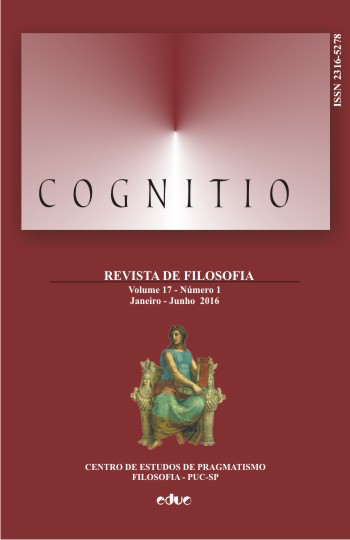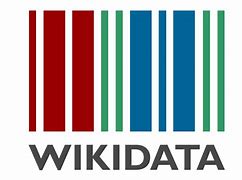Mind and/or consciousness in C. S. Peirce
Keywords:
C. S. Peirce, Artificial intelligence, Consciousness, Artificial consciousness.Abstract
For fifteen years, in the field of cognitive sciences, there has been a great effort on the part of researchers and implementers toward the development of what is being called artificial consciousness, which is placed as a branch of artificial intelligence, but preserving the specificities of consciousness itself. Various are the architectures already developed, but they still collide with the crucial doubt whether machines can emulate creativity, emotions and free will. It is on this point that I advocate revisiting C. S. Peirce’s semiotic theory of consciousness, not as a solution to the thorny problems that still exist, but as an original vision that can bring, in addition to a faithful description of the dynamic and live aspects of consciousness, new elements to enable thinking the two questions that most precisely define the conscious human being: self-consciousness on the one hand, and unconsciousness, on the other.









